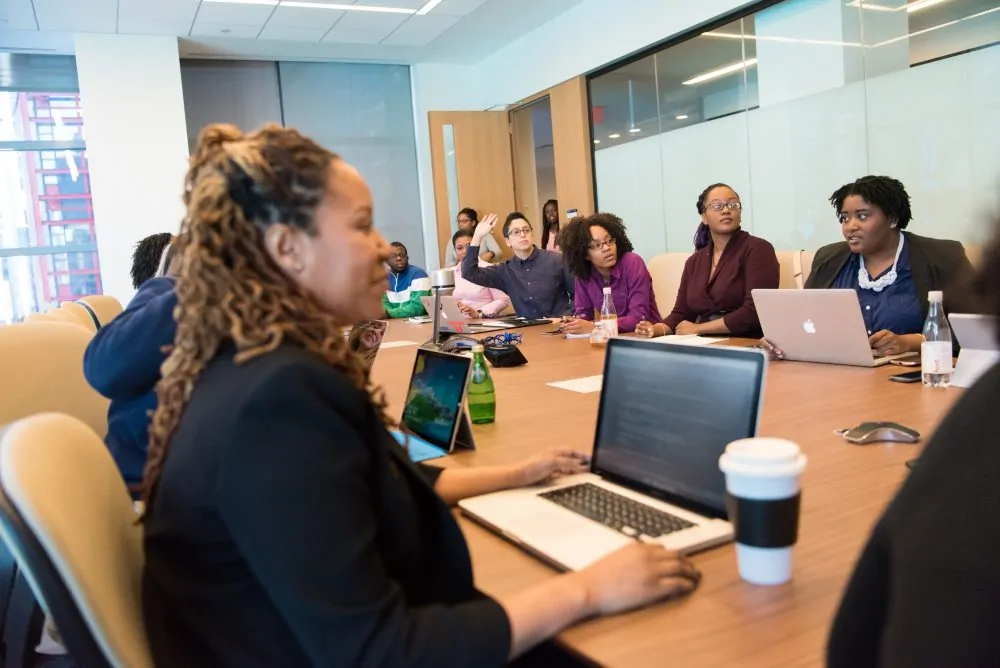Your Genesys Blog Subscription has been confirmed!
Please add genesys@email.genesys.com to your safe sender list to ensure you receive the weekly blog notifications.
Subscribe to our free newsletter and get blog updates in your inbox
Don't Show This Again.

This blog post was co-authored by Genesys technology partner, Procedure Flow.
If you’ve ever started a new job, you’ve likely gone through a training program of some sort. These programs vary in their format, but generally, all have the same goals — teach new employees everything they’ll need to know to do their job. This process can take weeks, if not months, as these new employees have heaps of information to learn. And, because every day a new employee is in training is a day they’re not productively working, there’s a lot of pressure to keep these programs as short as possible. That means learning a lot of information in a short amount of time.
In this blog, we’ll explore the best ways for these new employees to learn all this new information. Let’s start with two types of learning: topic-based learning and scenario-based learning.
Topic-based learning is most commonly used to train new hires; it’s the learning style used in most schools today. This learning style is exactly what it sounds like. A new employee goes through a series of different topics — either reading about them, hearing about them in presentations or learning about them in videos. This learning is delivered through microlearning, eLearning, classroom training, etc.
Scenario-based learning takes a different approach. It focuses on exposing employees very early in the training to the various scenarios they’ll encounter in their roles. It’s much less common in organizations. But if applied correctly, scenario-based training can be much more effective than traditional topic-based learning.
Let’s look a little more closely at how they’re different.
Memorization
With topic-based learning, employees have to memorize a lot of new information. Loads of information is packed tightly into the training program. It’s impossible to retain everything they’ve learned, especially when employees are in training for 40 hours per week. In contrast, scenario-based learning relies on learning by doing. It emphasizes performing real-life work scenarios, instead of memorizing information. And without the need to memorize, learners can focus on their performance and doing all they can to help customers.
Gap From Training to Working
Information presented in topic-based learning looks very different from when an employee will encounter in real-life work scenarios. This can cause confusion, uncertainty and it creates a lot of guesswork for employees. If executed properly, scenario-based learning walks a new employee through the exact scenarios they’ll encounter when working — closing the gap between training and working.
Engagement
Forty hours of classroom training and long eLearning programs can make it challenging for learners to focus. Topic-based learning relies heavily on these methods, making it easy for learners to become disengaged. Scenario-based learning, however, has employees perform the tasks they’ll have to complete when on the job — keeping them engaged and motivated.
Overwhelmed Learners
Learning a lot of new information in a short amount of time can be very stressful and overwhelming for learners. Topic-based learning asks learners to drink from a firehose, learning years of knowledge in just a few weeks or months. Scenario-based learning presents learners with bite-size pieces of information, guiding them through each scenario step-by-step in a way that’s simple and easy for anyone to follow and understand.
To summarize, here’s a direct side-by-side comparison of the two approaches to learning.
| Topic-based learning | Scenario-based learning |
| Relies heavily on memorization | Doesn’t rely heavily on memorization |
| Big gap between training topics and real-life work scenarios | Scenarios shown in training are identical to what they’ll encounter when doing real work |
| Easy for learners to “zone out” | Learners highly engaged |
| Takes weeks, if not months | Can take hours or a few days |
| Can overwhelm the learner with high volumes of information | Can present information in small steps to ensure no one is overwhelmed |
Support Agents With Scenario-Based Learning and Support
When information can carry over from training to real-life work scenarios, you can be confident that your agents have the tools, knowledge and self-assurance they need to succeed.
By combining simple scenario-based learning with Genesys solutions, agents are instantly presented with the exact steps they need to assist customers across interaction channels. Together, the solutions enable organizations to streamline employee training, increase agent knowledge and provide a consistent customer experience.
Learn how to combine simple scenario-based learning with the Genesys® PureCloud® and PureEngageTM applications to transform your team’s performance — and watch your metrics soar. For more information on Genesys AppFoundry partner ProcedureFlow, visit the listing in the AppFoundry Marketplace.
Subscribe to our free newsletter and get blog updates in your inbox.